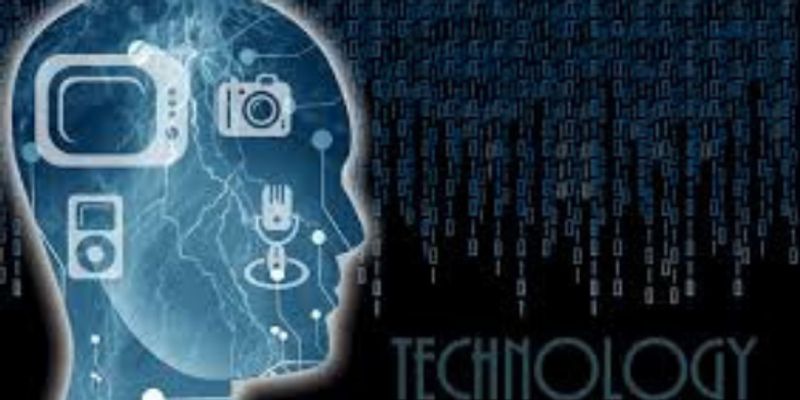Technology
Technology is the science or information put into functional use to take care of issues or design helpful devices. It utilizes significantly more than logical information and incorporates values as much as realities, down to earth make information as much as hypothetical information.
-
Given that the hemp industry in the United States is still nascent, certified seed offers American farmers a way to minimize the risk of growing hemp. For hemp, certification carries additio...
The objective of this study was to produce a fast, accurate, and precise method for analyzing terpenes in hemp using headspace/gas chromatography/mass spectrometry. Modern interest in terpen...
Identifying the diversity of neuronal cell types of the nervous system is one of the main objectives of the BRAIN Initiative, with the vision that distinct neuronal identities will allow for...
Speaker:
Giorgio Ascoli, PhD
, Hong-Wei Dong, MD, PhD
, Byungkook Lim, PhD
Presented at: Neuroscience Virtual Event Series 2020
Working memory (the ability to hold some information in mind for a few seconds, and to manipulate that information) and decision-making (committing to one out of multiple possible choices) a...
Speaker:
Carlos Brody, PhD
, Ben Engelhard, PhD
, Stephen Keeley, PhD
, Marlies Oostland, PhD
, Lucas Pinto, MD, PhD
, Adrian Wanner, PhD
, Ilana Witten, PhD
Presented at: Neuroscience Virtual Event Series 2020
Episodic memories are essential for human cognition, but the underlying neural mechanisms remain poorly understood. We utilize the opportunity to record in-vivo from human single neurons sim...
Speaker:
Adam Mamelak, MD
, Ueli Rutishauser, PhD
, Gabriel Kreiman, PhD
, Jie Zheng, PhD
Presented at: Neuroscience Virtual Event Series 2020
Learning is often an emotional process. Emotional stimuli with different valences, such as threat and reward, can transform an otherwise neutral sensory input into one that can trigger disti...
Approximately 300,000 people in the United States have a spinal cord injury with many of these individuals experiencing permanent motor and sensory deficits. For individuals with cervical sp...
Speaker:
Robert Gaunt, PhD
, Michael Boninger, MD
, Jennifer Collinger, PhD
Presented at: Neuroscience Virtual Event Series 2020
Brain machine interfaces (BMIs) aim to help patients with paralysis to use their recorded brain activity to control assistive devices. BMI research requires the collaboration of neuroscienti...
Speaker:
Tyson Aflalo, PhD
, Richard Andersen, PhD
, Spencer Kellis, PhD
, Charles Liu, MD, PhD
Presented at: Neuroscience Virtual Event Series 2020
























